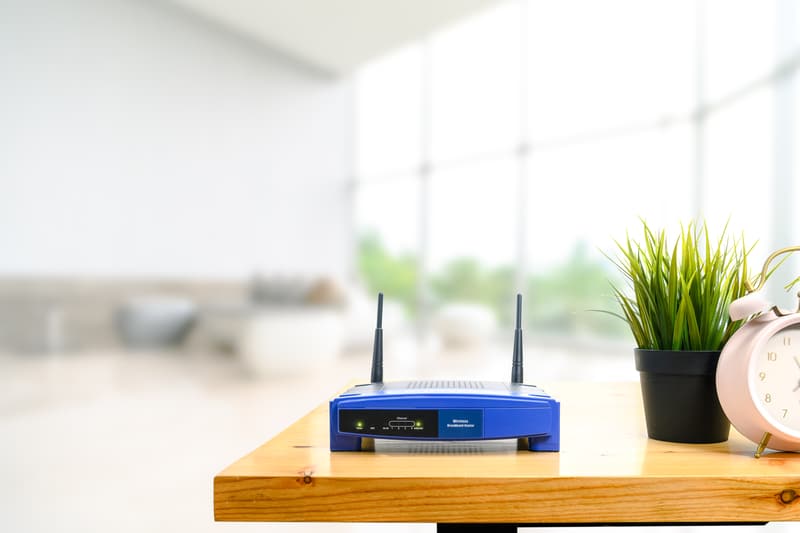
Internet is the most important necessity for individuals and businesses these days since everything needs a reliable internet connection. However, in the past few years, cyberthreats have become more common, with which the users have become extremely conscious about the connected devices on the Wi-Fi network. For the same reason, if MySimpleLink appears on the network and you don’t know what it is, we have some details for you!
What Is MySimpleLink On My Network?
Internet users tend to keep an eye on the number of devices connected to the internet network, and if you see MySimpleLink connected to the network but don’t have an idea which device is, it’s likely that you’ve connected a smart home device to the network. In most cases, MySimpleLink indicates smart doorbells, thermostats, and Wi-Fi cameras. Since these are smart products, they have to be connected to the internet to perform.
Having said that, if you have connected these smart home products to the internet and MySimpleLink is appearing on the network’s connected device list, you don’t need to be worried. On the other hand, if you haven’t connected such devices to the Wi-Fi connection and MySimpleLink appears on the connected device list, you have to block the access right away to ensure no unauthorized person gets access to your network. To block an unknown device, follow the below-mentioned steps;
- Open the internet browser while connected to the router
- Sign in to the router with the help of login credentials
- When you are signed in, open the wireless settings, and you will see the connected devices
- Scroll down to “MySimpleLink” and hit the “block” button that’s right beside it
- Save the changes, and the device will be blocked
Now that you’ve blocked the unauthorized device, there are some other network security tips that you can follow;
Tip 1. Change The Default Username & Password
If you are still using the default username and password to secure the network, keep in mind that everyone knows how to access the network by using “admin.” This way, your network will be at risk of unauthorized access. To protect the network, it’s recommended that you change the default username and password. On the other hand, if you had already changed the password, but someone still got access to the network, it’s evident that the password wasn’t strong enough.
The trick is to change the password and opt for something stronger. For instance, the password must be 12 to 15 characters long and must be a combination of lowercase and uppercase alphabets, numbers, and symbols. In addition, you should never share the password with people you don’t know.
Tip 2. Limit The Access To Wi-Fi Network
It’s obvious that you want to keep unwanted people away from your network. This is because the more people connected to the internet, the higher the risk of your network information falling into the wrong hands. So, always allow access to people that you know.
Tip 3. Opt For Home Guest Network
In case people keep asking you for the password, it’s recommended that you create a guest wireless network as it allows the users to create a separate wireless network for temporary users but hides the shared folders and devices. The majority of Wi-Fi routers are designed with this feature, with which you can create a separate guest username and password.
Tip 4. Wi-Fi Encryption
The majority of WPA3 and WPA2 routers are designed with the encryption option, which can be turned on through the Wi-Fi settings. It’s recommended that you sign in to the router and enable encryption for the wireless network – the encryption feature helps encrypt data that are sent between the devices and the wireless channel. As a result, there will be fewer chances of people eavesdropping on the wireless network. However, when you enable Wi-Fi encryption, you will need to reconnect all the devices manually.
Tip 5. Router Firewall
The majority of Wi-Fi routers are integrated with a hardware-oriented firewall option, and it’s recommended to enable it if your router has it. That’s because a firewall helps prevent unwanted traffic from leaving or entering the network without your permission. Keep in mind that they aren’t enabled by default, which is why you’ve to access the router settings to enable them.